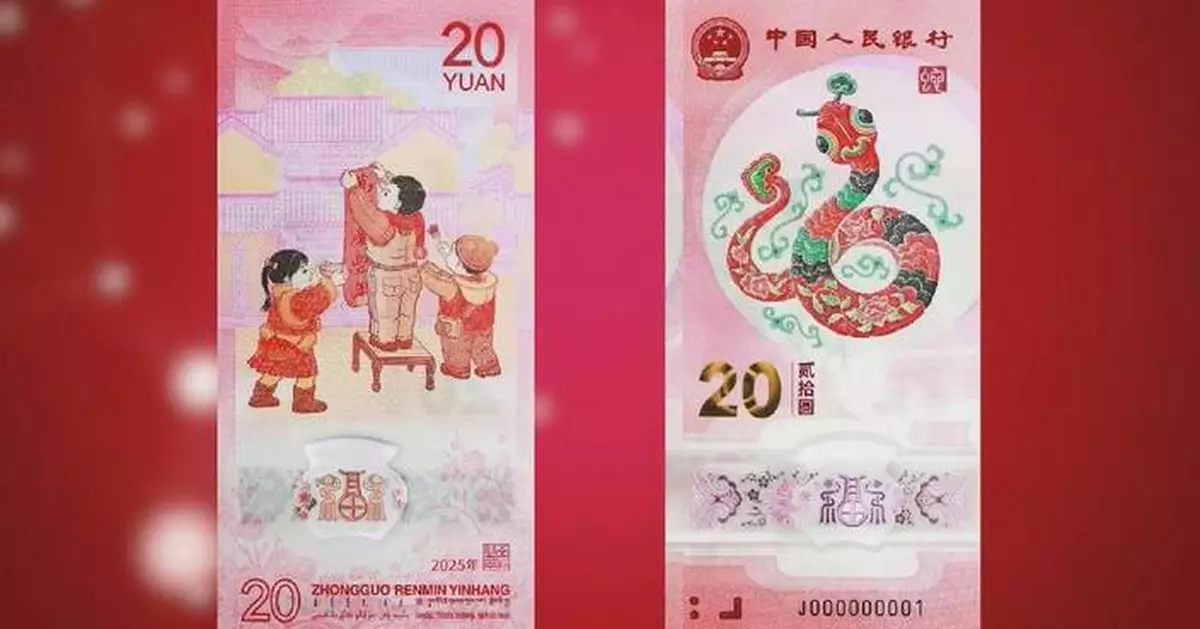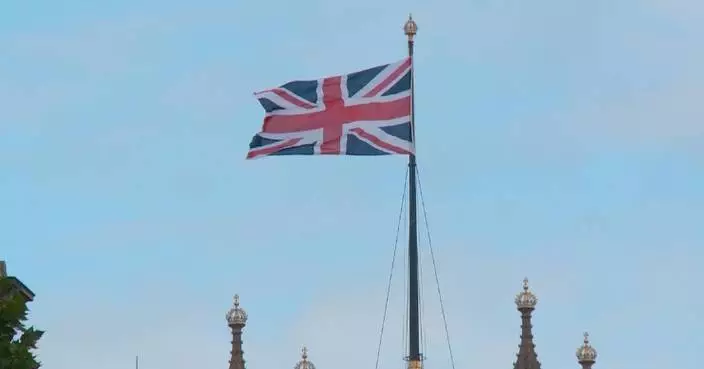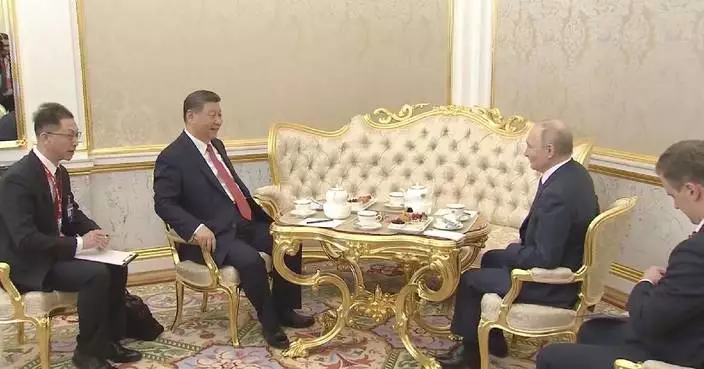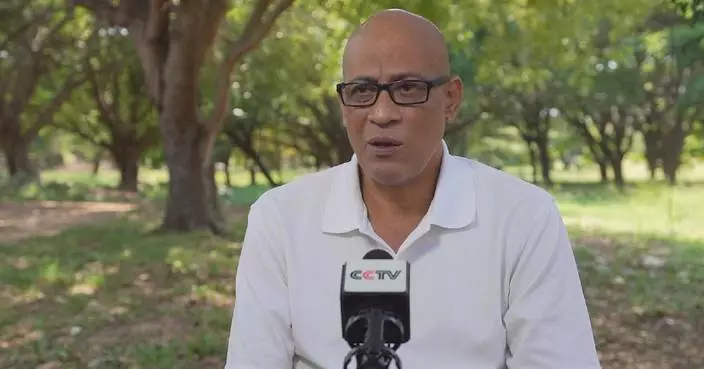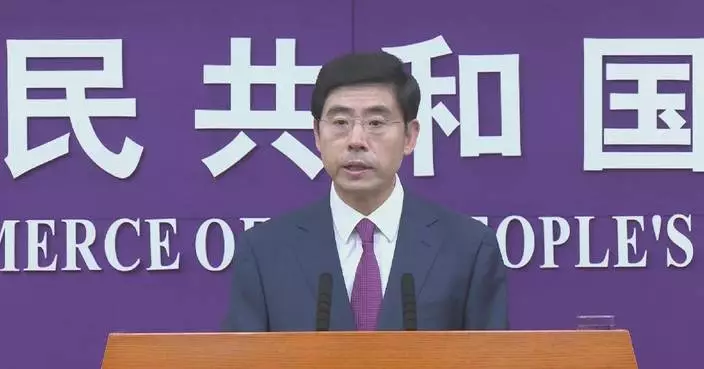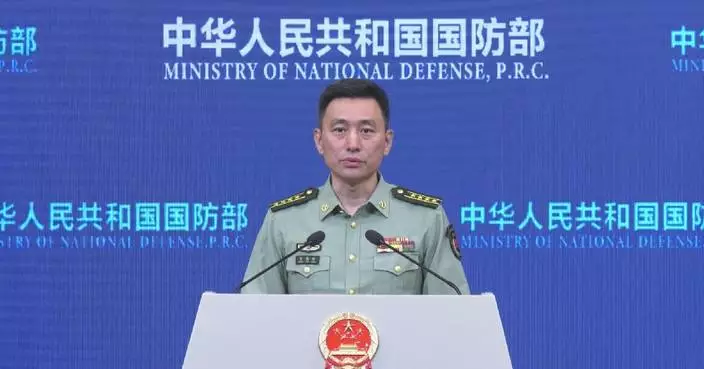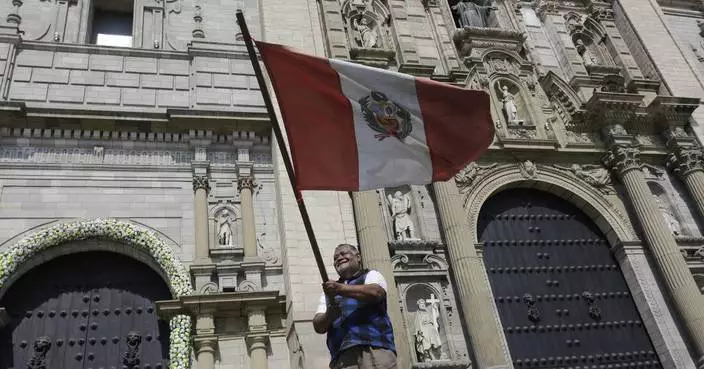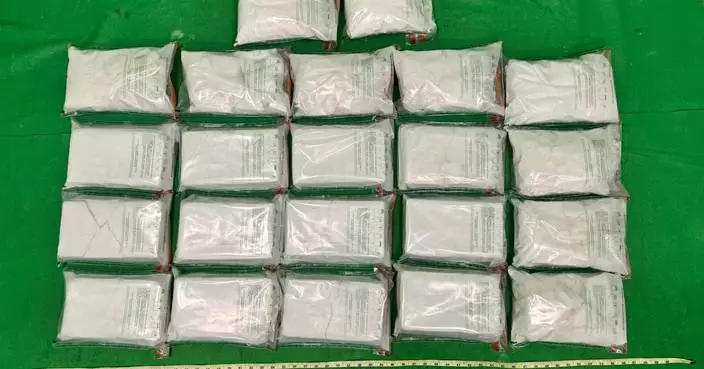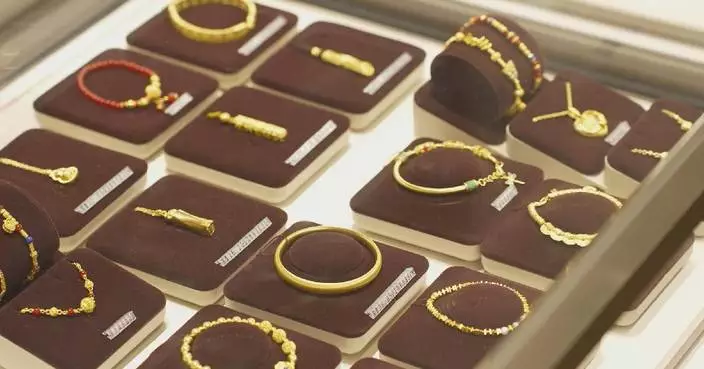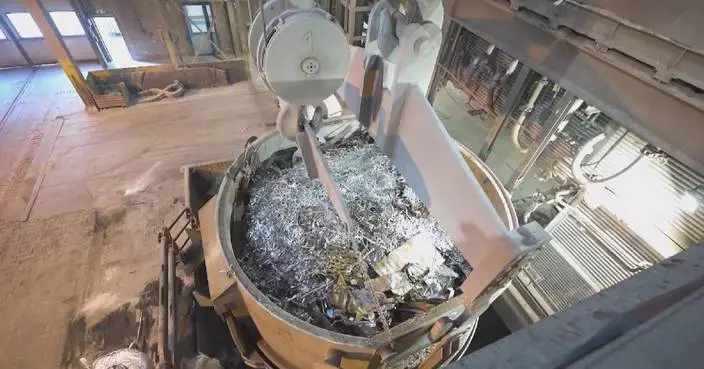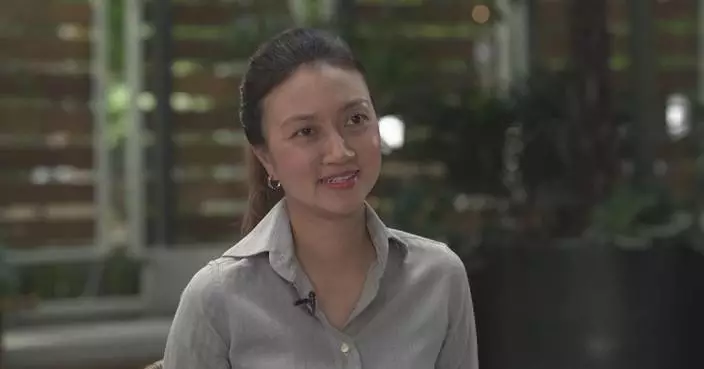The highly anticipated 2025 dual-color copper alloy commemorative coins and banknotes in celebration of the upcoming Chinese New Year were officially available for exchange on Friday, sparking a collecting craze in east China's Shanghai.
At 8:30 on Friday, the Huancheng Road branch of China Construction Bank (CCB) in Jiading District opened its doors 30 minutes earlier to accommodate eager citizens.
Within minutes, more than 20 people formed an orderly queue to exchange their pre-booked items. Among them, Liu Jianguo was one of the lucky few who successfully secured 60 coins and 40 banknotes celebrating the Year of the Snake.
"This year's design is very meaningful. The snake holding a traditional ornament 'ruyi' in its mouth symbolizes auspiciousness and everything going smoothly," said Liu.
Other bank outlets in Songjiang, Qingpu, and Minhang districts also opened early to meet public demand.
"The design of the banknote is beautiful. Since I was born in the Year of the Snake, it holds special significance for me," said another Shanghai resident.
"It's the first day to get the commemorative banknotes, and I'm thrilled to have secured a set," said a Shanghai resident.
"It's so difficult to get these. Luck, timing, and persistence all play a part. My nephew was born in the Year of the Snake, and I want to reserve one set for him as a souvenir," said a Shanghai local.
The 2025 commemorative coins, with a face value of 10 yuan, and the commemorative banknotes, valued at 20 yuan, are each limited to a nationwide release of 100 million units.
The exchange period runs from January 3 to January 9.
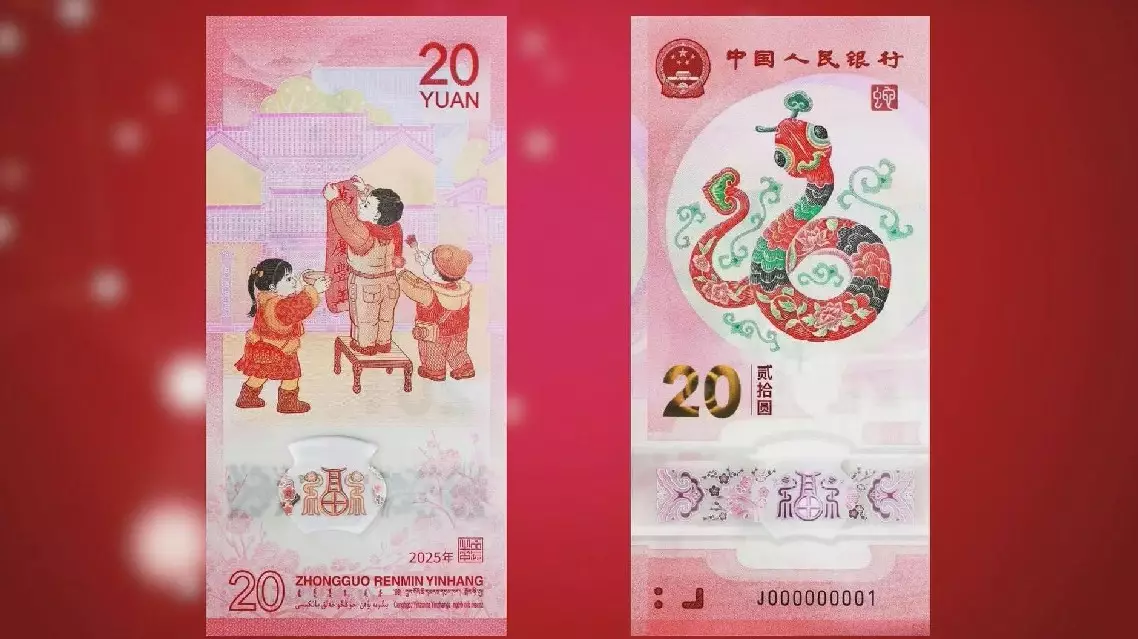
Commemorative coins, banknotes spark collecting craze in Shanghai
The European Commission has launched a public consultation targeting U.S. imports worth 95 billion euros (107.2 billion U.S. dollars), warning that retaliatory measures could take effect if ongoing negotiations with the United States fail to yield an agreement, according to a statement released on Thursday.
The consultation covers a broad range of U.S. industrial and agricultural goods, including wine, frozen meat, aircraft, cars and car parts, chemicals, electrical equipment, healthcare products, and machinery.
In parallel, the bloc is also weighing new restrictions on 4.4 billion euros of European Union (EU) exports to the United States, such as steel scrap and chemical products.
Currently, the EU faces 25 percent U.S. tariffs on steel, aluminum, and automobiles, alongside 10 percent baseline duties on most other exports. The bloc has been preparing for a possible end to a 90-day tariff truce, which is set to expire on July 8. If no deal is reached, the U.S. universal tariffs could rise to 20 percent.
The Commission stated that the consultation on countermeasures aims to address both the universal U.S. tariffs and those specifically targeting cars and auto parts.
At the same time, the Commission announced that the EU will launch a World Trade Organization (WTO) dispute against the so-called "reciprocal" tariffs and duties on vehicles and vehicle components. The EU will submit a formal request for consultations, arguing that the U.S. measures violate core WTO rules.
"The EU's objective is thus to reaffirm that internationally agreed rules matter, and these cannot be unilaterally disregarded by any WTO member, including the U.S.," the statement underlined.
While underscoring the EU's preference for a negotiated solution, European Commission President Ursula von der Leyen emphasized that the bloc "continues preparing for all possibilities."
The Commission noted that nearly 70 percent of EU exports to the United States - amounting to 379 billion euros - are now affected by the new tariffs, including some that are temporarily suspended. These tariffs have increased business costs, slowed economic growth, fueled inflation, and contributed to heightened global economic uncertainty.
Stakeholders are invited to submit feedback on the proposed measures until June 10. Following the consultation, the Commission will finalize its proposal and consult EU member states. If necessary, a legal act imposing tariffs could be swiftly enacted should talks with Washington collapse.
Regarding the WTO dispute, once the EU formally requests consultations, both parties will have up to two months to reach a mutually acceptable resolution. If no agreement is reached, the EU may request the establishment of a dispute panel to adjudicate the matter.

EU targets 95-bln-euro worth of US imports, readies WTO litigation in case trade talks collapse



